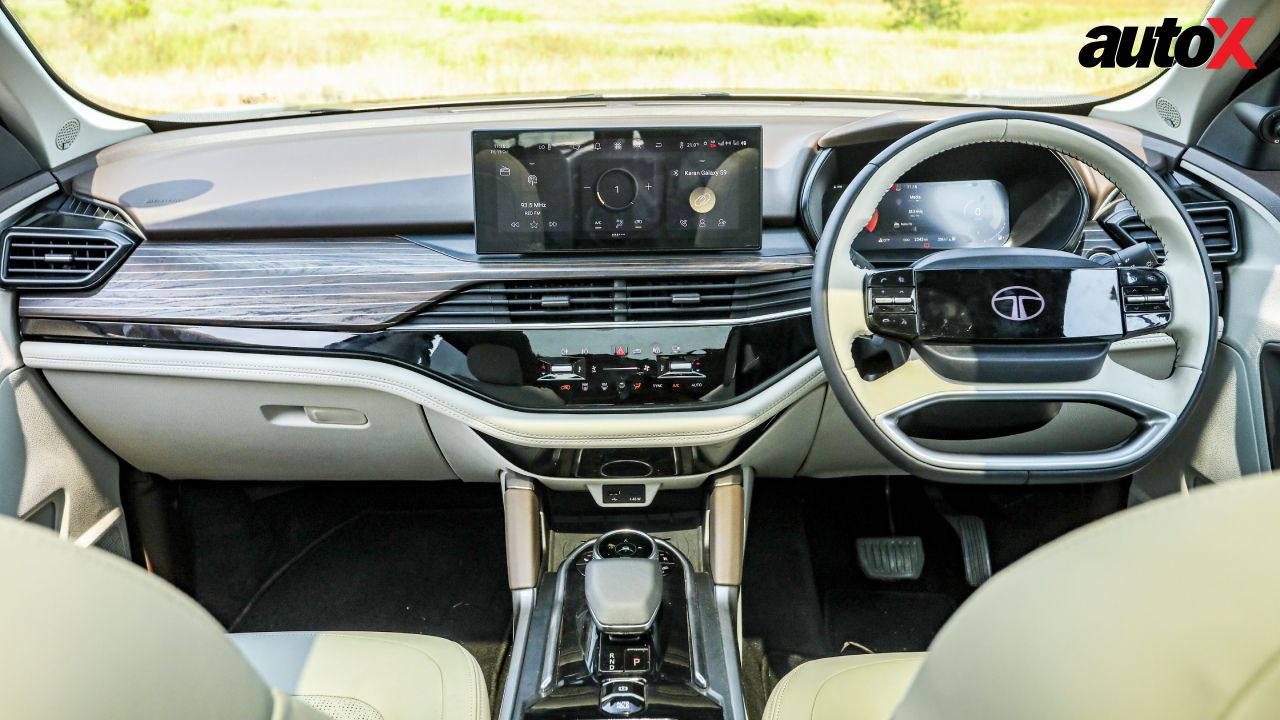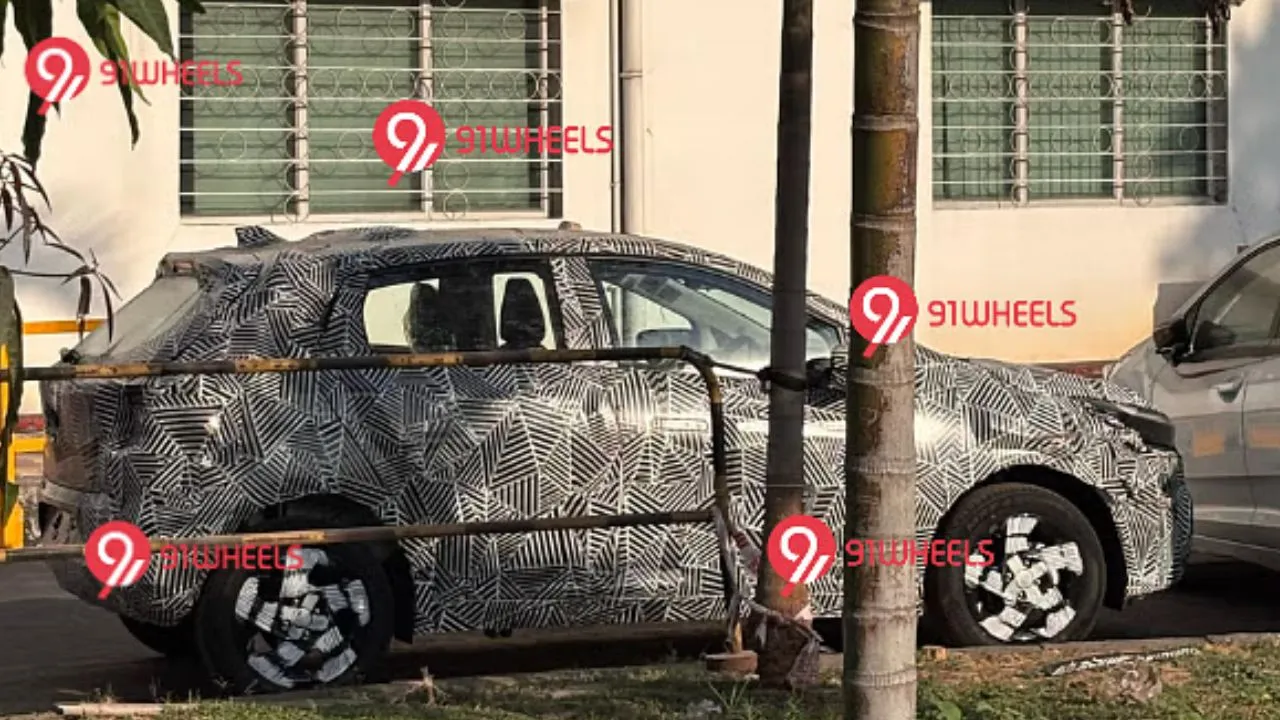Hyundai Alcazar Facelift vs Tata Safari Spec Comparison: What's Different?
The Tata Safari underwent a makeover last year, while the Hyundai Alcazar has just received a Facelift. Let's see how these two SUVs fare against each other on paper.

The Hyundai Alcazar and Tata Safari are powerful competitors in India's SUV market. The latter received a facelift last year, while the former has just undergone a makeover. The Hyundai Alcazar Facelift gets new technology, including a bigger infotainment system and a redesigned exterior with aggressive lines and a powerful front fascia. On the other hand, the Tata Safari continues to amaze with its robust appearance, trademark grille, and high ground clearance. Let’s explore how these vehicles stack up against each other on multiple parameters such as engine, features, and design.

Hyundai Alcazar Facelift vs Tata Safari: Design
The Alcazar facelift has a more refined and sophisticated look, whereas the Tata Safari boasts a powerful and muscular appearance. The Hyundai SUV now sports a bigger grille (with horizontal inserts), H-shaped LED daytime running lamps connected by an LED light bar, tweaked bumpers, new roof rails, and dual-tone 18-inch alloy wheels.
In contrast, the Tata car gets vertically-stacked LED headlights, a connected DRL arrangement, a revamped grille, a skid plate, connected taillights, 'Safari' badging on front doors, and alloy wheels (in different sizes based on models selected).
Also Read: Hyundai Alcazar Facelift vs Mahindra XUV700 Spec Comparison: What's Different?
Hyundai Alcazar Facelift vs Tata Safari: Powertrain
The new Hyundai Alcazar is available with turbo-petrol (157.8bhp/253Nm) and diesel (114.4bhp/250Nm) engine options, in contrast to the Safari's diesel-only (168bhp/350Nm) configuration. However, the engines of the Alcazar have a 1.5-litre displacement, while the Safari's engine is 2.0-litre. In terms of power, the Safari surpasses both Alcazar models (petrol and diesel). Talking specifically about the diesel unit. the SUV produces 53bhp and 100Nm more power and torque than the Alcazar. The Alcazar diesel and Safari are available with a 6-speed AT and 6-speed manual transmission. On the other hand, the Alcazar petrol has an optional 7-speed DCT.
Hyundai Alcazar Facelift vs Tata Safari: Features

Although both SUVs have plenty of features, the Safari offers a few advantages over the Hyundai model, with larger 19-inch alloy wheels, a motorized tailgate with gesture control, and welcome and goodbye animations for connected LED DRLs and LED taillights. It also gets a larger 12.3-inch touchscreen with wireless Android Auto and Apple CarPlay compatibility. The Alcazar, in contrast, is equipped with a 10.25-inch touchscreen with wired Android Auto and Apple CarPlay. However, both SUVs come fitted with dual-zone air conditioning, a 10.25-inch digital driver's display, and a panoramic sunroof.
Compared to its Tata rival, the Hyundai SUV offers a tray table with retractable cup holders in the second row and wireless phone charging for both front and second-row passengers.

In terms of safety, the SUVs get a tyre pressure monitoring system (TPMS), 6 airbags (as standard), level 2 ADAS, and a 360-degree camera with blind view monitoring. However, the top-of-the-line variant of the Safari adds a knee airbag, making a total of seven airbags in the vehicle.
Also Read: 2023 Tata Safari Review: More than Just an Iconic Nameplate?
Hyundai Alcazar Facelift vs Tata Safari: Dimensions
The Tata Safari is 108mm longer, 122mm wider, and 85mm taller than the Alcazar. However, it has a 19mm shorter wheelbase than its rival.
| Dimensions | Hyundai Alcazar Facelift | Tata Safari |
| Width | 1,800mm | 1,922mm |
| Height | 1,710mm (with roof rails) | 1,795mm |
| Length | 4,560mm | 4,668mm |
| Wheelbase | 2,760mm | 2,741mm |
Hyundai Alcazar Facelift vs Tata Safari: Price
The Alcazar's price in India starts at Rs 14.99 lakh and goes up to Rs 21.25 lakh. In contrast, the Safari costs between Rs 16.19 lakh and Rs 27.34 lakh. The top-spec Safari is Rs 6 lakh more expensive than the top-end Alcazar SUV.

.webp)



.webp)



















Write your Comment on